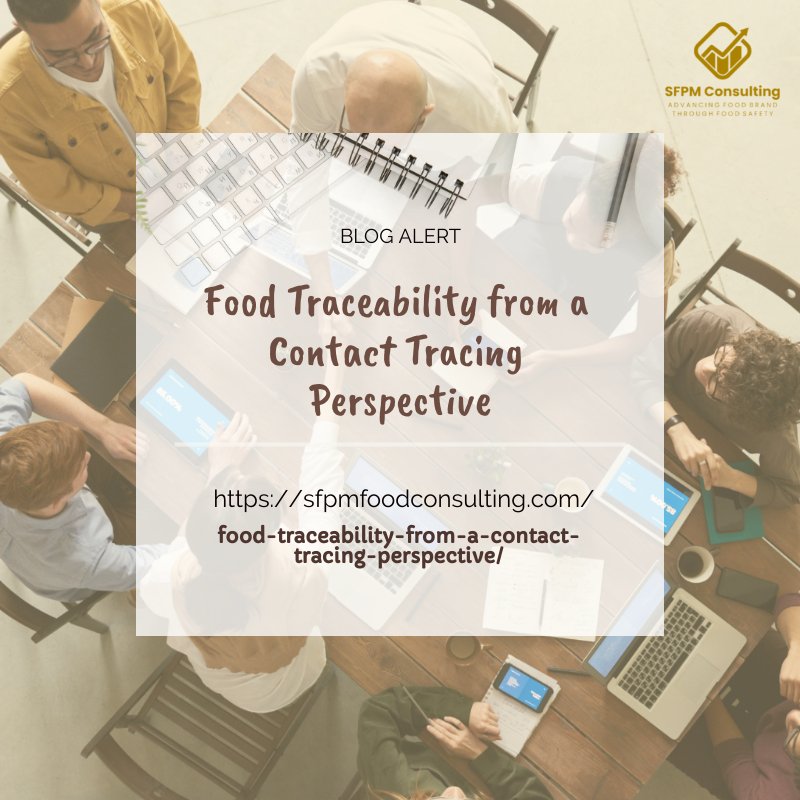Food traceability can sometimes be an ambiguous concept to understand. You may recognize the term “contact tracing” that arise from the recent pandemic and COVID-19 situation. What COVID-19 has done is introduce the concept of tracing viruses as it is transmitted from a symptomatic or asymptomatic COVID-19 carrier to another virus-free person.
Contact tracing is assimilated to detective work, whereby health authorities conduct an investigation of who the person contracted the viruses from and whom that the person may have spread it to. They look into evidence such as an interview with the patient to identify the source and potential spread, tracing application on cellphone or external tracker and going over the close contact that the patient had. It is tough to do when you have an asymptomatic COVID-19 carrier.
Let’s look into food traceability. Similar to contact tracing, food traceability is a process to identify the materials flow from when it enters a food facility to when it passed onto another customer or distributor. Materials can be defined as food ingredients, food contact packaging materials, finished products etc. In a simple term, we like to know if we have a potentially contaminated material, we are able to identify the materials itself, processing line and equipment it was used, work in progress that contain the ingredients, rework (if applicable), the Quantity used/ shipped and the remaining Quantity in-house.
The good news is food traceability isn’t as complicated, and typically, traceability programs are in-place due to regulatory and customer requirements. A food traceability exercise is where we would reconcile the identified Quantity to determine the recovery rate. The recovery rate is determined by the equation: (Quantity recovered/ identified) divided by Quantity Received. We aim to have the recovery rate to be as close to 100%, including normal wastage.
Unlike contact tracing, you will find that food traceability depends on the record-keeping when you are doing the detective work. Contact tracing depends more on interviews and possible person-to-person contact, which doesn’t typically have a systematic record system.
The key to a successful food traceability program is to develop and implement the program right by 1) going through all the steps from receiving to shipping 2) ensuring procedures and records to trace the materials are in place.
While traceability is a common term used in food manufacturing, it might be new to those who are unfamiliar with food manufacturing. It makes sense to understand food traceability from the standpoint of contact tracing. Think of food traceability as going through a systematic contact tracing using material instead of a human/community, and it is all documented and recorded. Imagine how much easier it is to do contact tracing?
Make it simple to trace your materials -foolproof your traceability program. Need some help, book a meeting with us.

